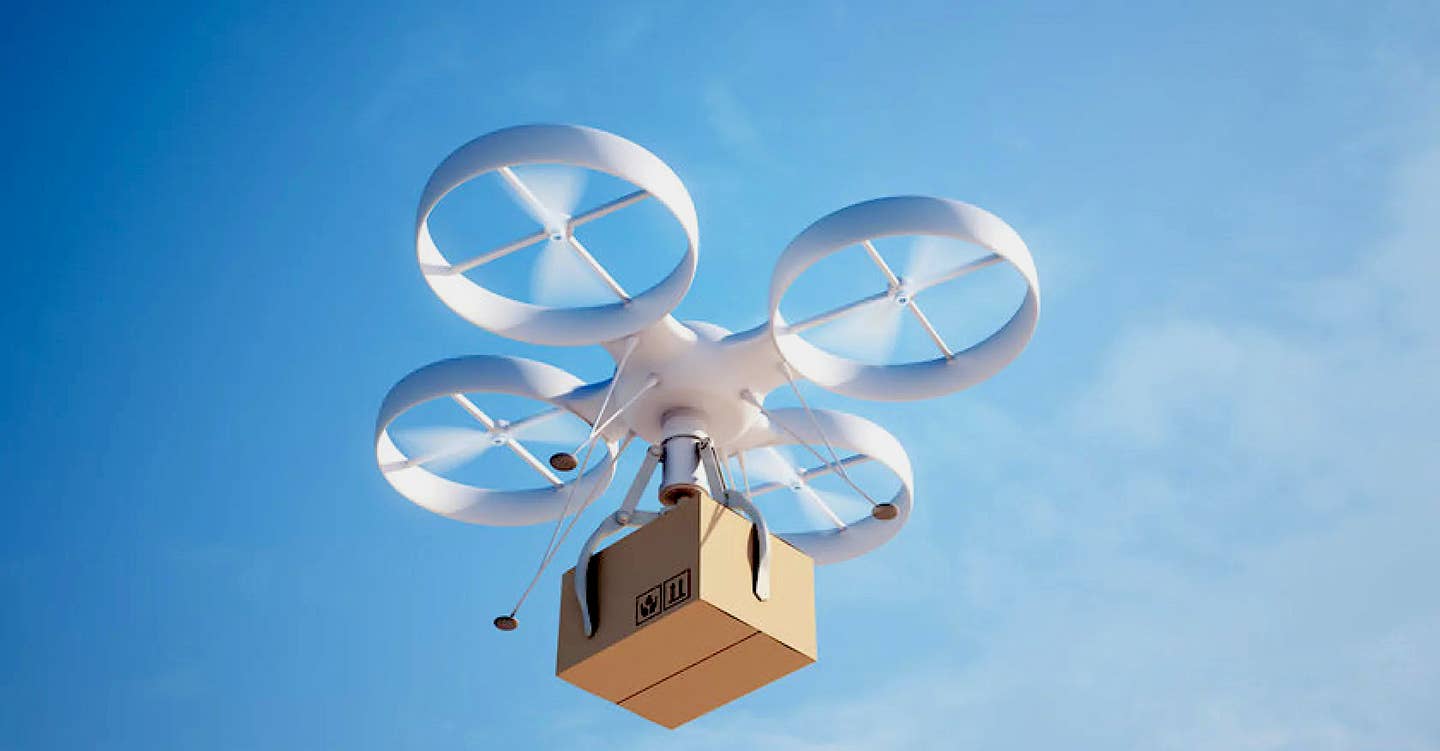Ohio Firm Teams With State On Drone Traffic Management
Columbus, Ohio-based CAL Analytics has combined with the Ohio Department of Transportation (ODOT) to initiate a low-altitude air traffic management system for drone operations. According to CAL Analytics, the system…

Columbus, Ohio-based CAL Analytics has combined with the Ohio Department of Transportation (ODOT) to initiate a low-altitude air traffic management system for drone operations. According to CAL Analytics, the system will provide digital tools to enable multiple UAS operators to share flight planning details, ultimately allowing safe “beyond visual line of sight” (BVLOS) drone flights.
CAL Analytics wrote: “While the Federal Aviation Administration (FAA) provides air traffic control for traditional aircraft flying in certain airspaces, low-altitude traffic management for drones is the responsibility of individual operators.” Without a robust traffic management system, BVLOS flight is not practical on a statewide scale.
Rich Fox, director of the Ohio UAS (unmanned aircraft systems) Center at ODOT, said, “The introduction of this vital capability continues Ohio’s tradition of innovation in the aviation community while prioritizing safety. As we collaborate with others at the newly opened National Advanced Air Mobility Center of Excellence, we expect this to be the first of many industry-leading activities coming out of that state-of-the-art facility.”
Dr. Sean Calhoun, managing director of CAL Analytics, said, “This realization is the result of a lot of industry development, including the essential work from The Ohio State University research team and sponsored research from the Ohio Federal Research Network (OFRN). We are looking forward to working with the various interested stakeholders throughout the state and the FAA to learn from this system and to start scaling UAS operations throughout Ohio.”






